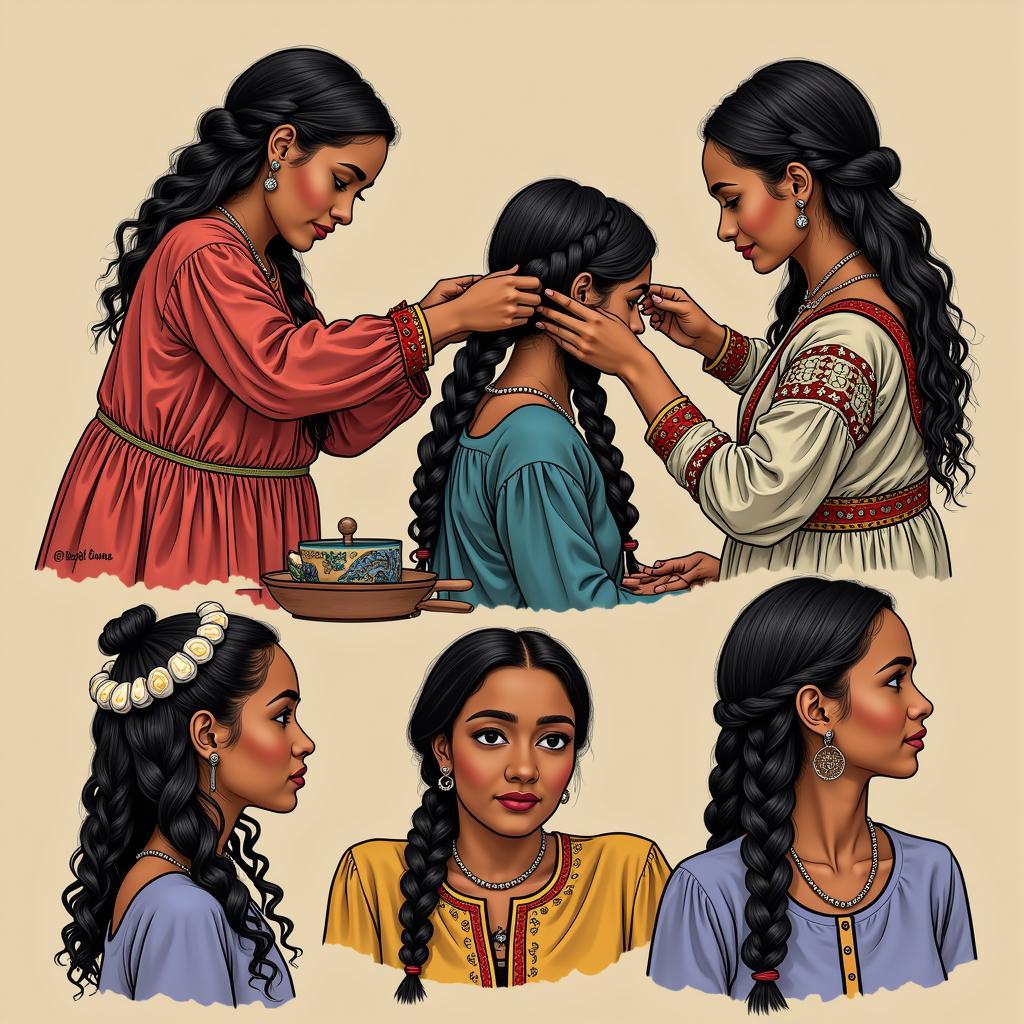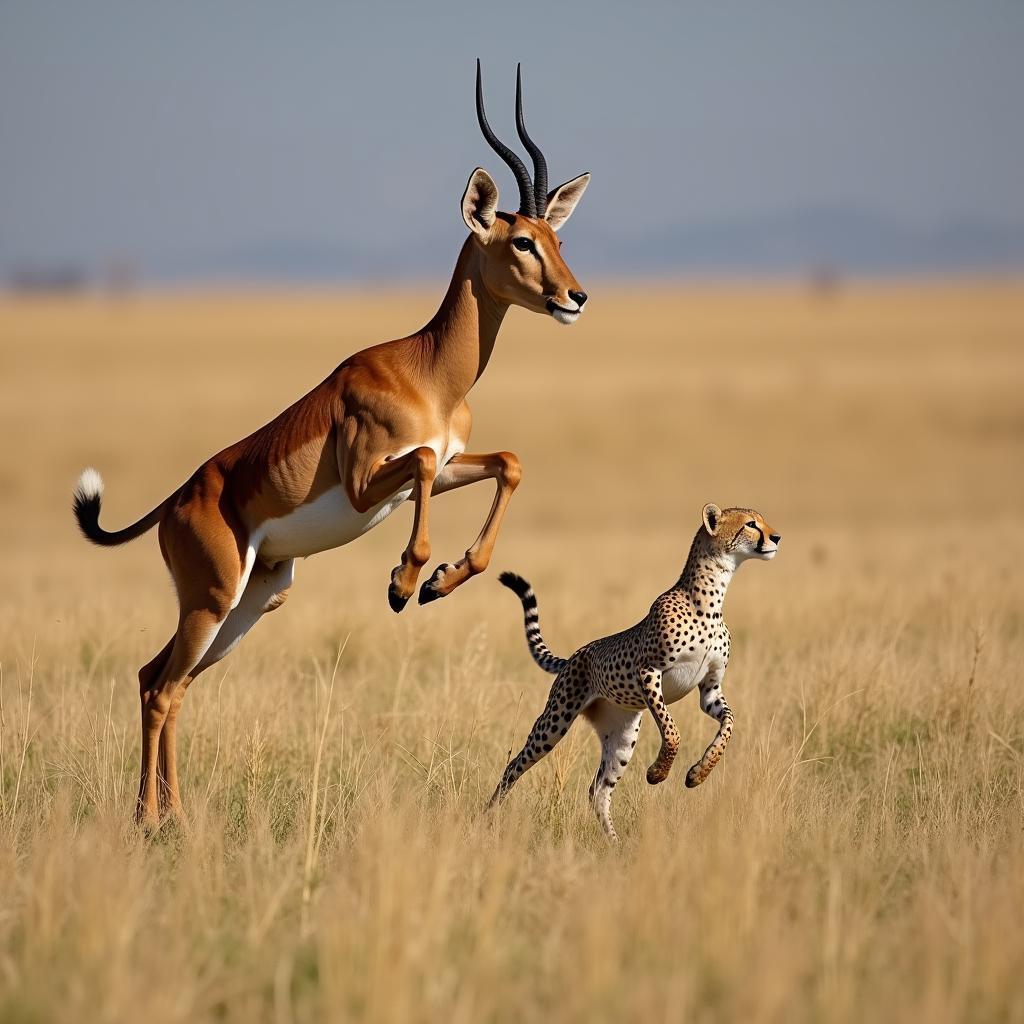The Soulful Lament: Exploring the African Dirge
The African Dirge, a poignant and powerful form of musical expression, has been an integral part of African cultures for centuries. It is a deeply moving ritual that allows communities to grieve, remember, and honor their deceased loved ones. This article delves into the fascinating world of the African dirge, exploring its historical roots, cultural significance, musical styles, and its enduring impact on African life.
A Journey Through Time: The Historical Roots of the African Dirge
The African dirge has a rich and intricate history, deeply intertwined with the evolution of African music and traditions. It is believed to have originated in ancient times, emerging from the need for individuals and communities to express their grief and sorrow in a collective and meaningful way. Early dirges were likely vocal performances, utilizing simple melodies and rhythmic patterns that resonated with the emotions of mourners.
The Cultural Significance of the African Dirge: Beyond Mourning
While the African dirge is primarily associated with mourning, it plays a much broader role in African cultures. It is not simply a lament, but a complex ritual that serves as a conduit for the expression of a wide range of emotions, including:
- Communal Grief: The dirge provides a platform for communities to come together and share their grief, offering solace and support to those who have lost loved ones.
- Honoring the Deceased: Dirges are often used to commemorate the life and accomplishments of the departed, celebrating their contributions to the community and ensuring that their memory is preserved.
- Spiritual Connection: Many African cultures believe that music can act as a bridge between the living and the departed, allowing mourners to connect with their ancestors and seek guidance.
The Diverse Musical Styles of the African Dirge
The musical styles of African dirges are incredibly diverse, reflecting the vast array of cultures and traditions that exist across the continent. Some common elements include:
- Vocal Performances: Dirges are primarily vocal performances, often featuring soloists or ensembles who use their voices to express the depth of their emotions.
- Instrumental Accompaniments: Instruments such as drums, xylophones, harps, and flutes may accompany the vocal performances, adding rhythmic and melodic texture.
- Call and Response: This traditional African musical technique is often used in dirges, creating a powerful dialogue between the performers and the audience.
The Enduring Impact of the African Dirge
The African dirge continues to play a vital role in contemporary African Life, showcasing its enduring legacy and cultural significance. It serves as a powerful testament to the resilience and cultural richness of African communities.
FAQ:
Q1: What is the purpose of an African dirge?
A1: The African dirge serves multiple purposes, including expressing grief, honoring the deceased, and connecting with the spiritual realm. It’s a powerful ritual that transcends mere mourning.
Q2: How do dirges differ in various African cultures?
A2: The musical styles, lyrics, and rituals associated with dirges vary significantly across different African cultures, reflecting their unique traditions and beliefs.
Q3: Are African dirges only performed during funerals?
A3: While dirges are most commonly associated with funerals, they can also be performed during other important ceremonies and events, such as weddings, births, and harvest festivals.
Q4: What is the importance of the call and response technique in African dirges?
A4: The call and response technique creates a sense of interaction and shared grief, allowing mourners to actively participate in the musical performance. It also fosters a sense of community and shared emotion.
Q5: How do modern African musicians incorporate dirge elements into their music?
A5: Modern African musicians often draw inspiration from traditional dirge styles, incorporating their melodic and rhythmic elements into contemporary genres, such as Afrobeat, Afropop, and jazz. This fusion of tradition and modernity keeps the legacy of the dirge alive in contemporary music.
Q6: Can non-African audiences appreciate the significance of the African dirge?
A6: Yes, the universality of grief and the power of musical expression can transcend cultural boundaries. Non-African audiences can connect with the emotions conveyed in African dirges, recognizing the shared human experience of loss and mourning.
Q7: How can I learn more about African dirges?
A7: You can explore the vast world of African music by listening to recordings, attending performances, and researching online resources dedicated to African music and culture.
For any further queries, please contact:
- Phone: +255768904061
- Email: kaka.mag@gmail.com
- Address: Mbarali DC Mawindi, Kangaga, Tanzania
Our customer service team is available 24/7 to assist you.


